Frequency range: 26.5- 28MHz SWR: ≤1.2:1 Max. power: 35W continuous 250W Short time Bandwidth at S.W.R. 2:1: 1900KHz Impedance: 50ohm Whip length: 1200mm Adjustment: 0~90° Cable Length: RG58/157" Po...
See DetailsHow to optimize the reception performance of CB Antenna in a multi-path interference environment?
In a multipath interference environment, optimizing the reception performance of a CB Antenna (circularly polarized antenna) is a complex but crucial task. Here are some suggested strategies and approaches:
Antenna design and selection:
Choose a CB Antenna with wide beam and good circular polarization performance to capture and receive multipath signals more efficiently.
Consider using a multi-antenna system to mitigate the effects of multipath interference through diversity reception.
Adjust the antenna direction:
According to the signal source and multipath conditions, the pointing and tilt angle of the antenna are adjusted in a timely manner to maximize the received useful signal and minimize interference.
Signal processing technology:
Apply advanced signal processing techniques such as equalizers, interference suppression algorithms, and beamforming techniques to enhance the reception of useful signals and suppress interference.
Utilize space diversity and time diversity technology to extract and combine signals through multiple reception paths or time windows to improve reception performance.
Frequency management:
If possible, choose to work in a frequency band with less interference, or use frequency hopping technology to avoid interference.
Synchronization and calibration:
Ensures synchronization and calibration of antenna systems to eliminate performance degradation due to hardware mismatches or errors.
Environmental and installation considerations:
When installing the antenna, be careful to avoid obstruction and reflection from surrounding objects to reduce multipath effects.
Consider using a radome or filter to reduce the impact of external interference on reception performance.
Real-time monitoring and adjustment:
Use real-time monitoring tools and systems to evaluate reception performance and dynamically adjust and optimize based on actual conditions.
Software Defined Radio (SDR) Technology:
Utilizing the flexibility of SDR technology, reception parameters and algorithms can be adjusted in real time to adapt to changing multipath interference environments.
Integrated intelligent algorithm:
Introduce machine learning and artificial intelligence algorithms to predict and adapt to changes in multipath interference by training models to achieve adaptive optimization of reception performance.
Collaborative communication:
If possible, perform collaborative communication with other communication nodes to jointly deal with multipath interference problems by sharing information and resources.
Please note that the above recommendations do not stand alone, they often need to be applied in combination for best results. In practical applications, trade-offs and choices need to be made based on factors such as specific system requirements, environmental conditions, and cost constraints.

 English
English Español
Español
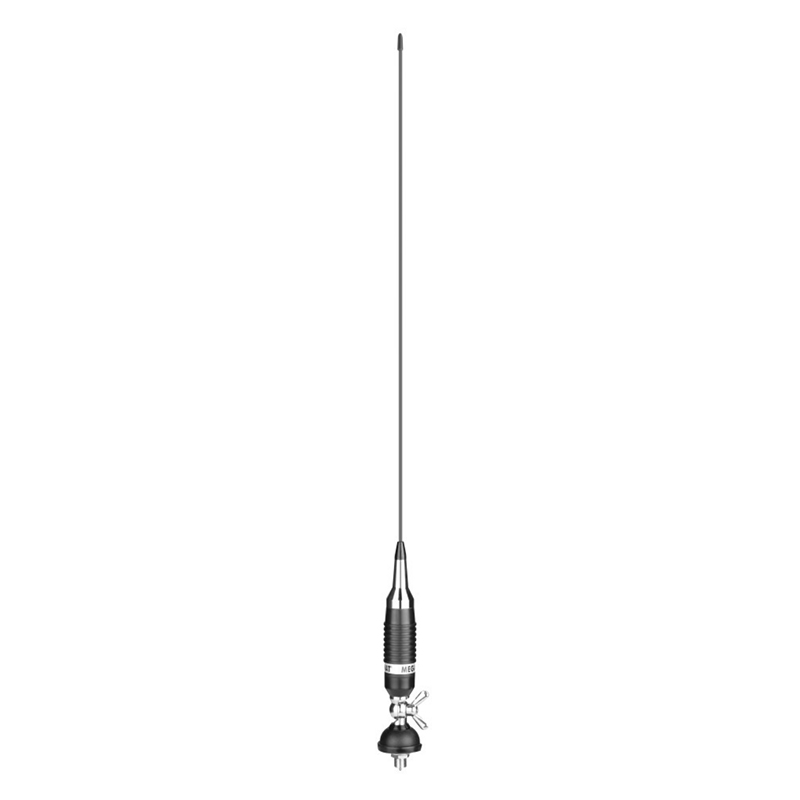
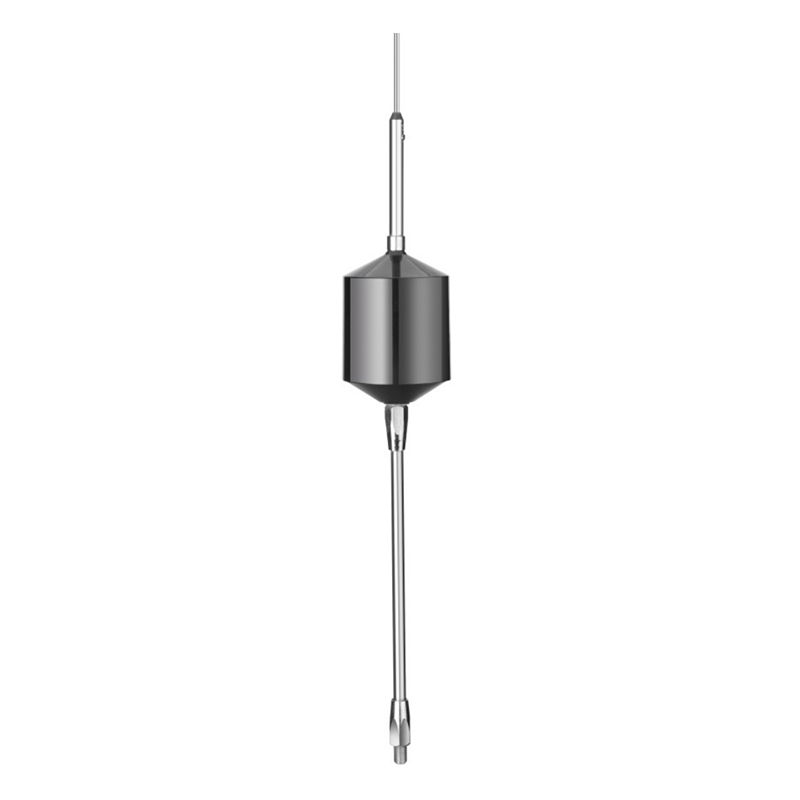

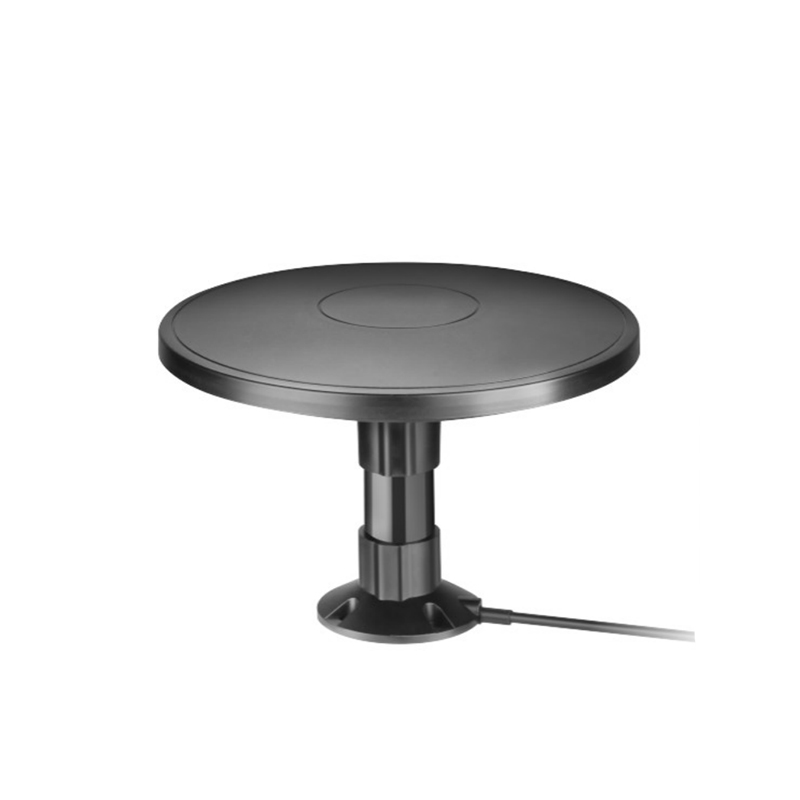
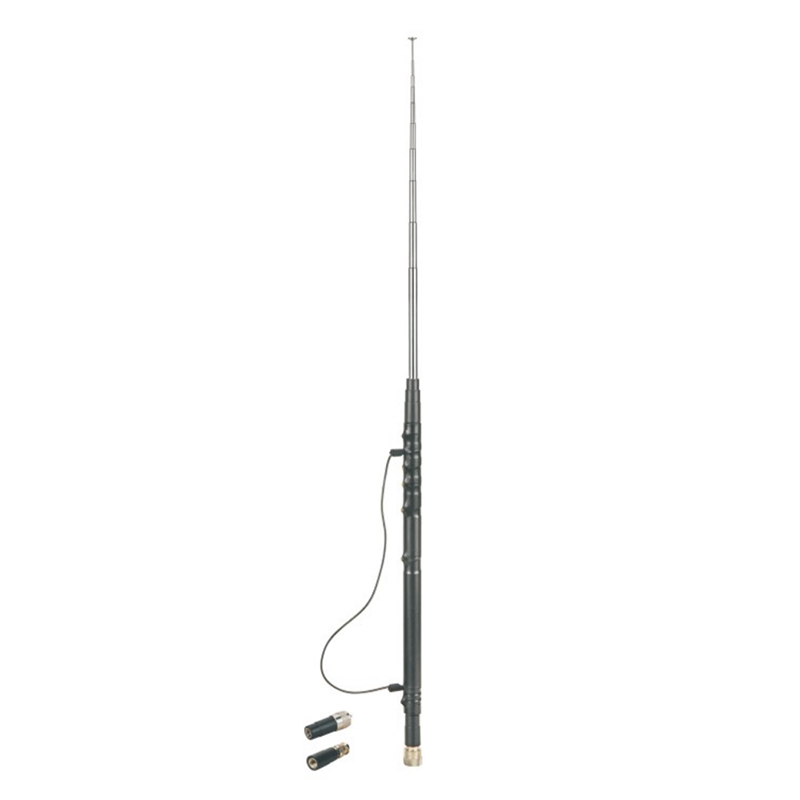

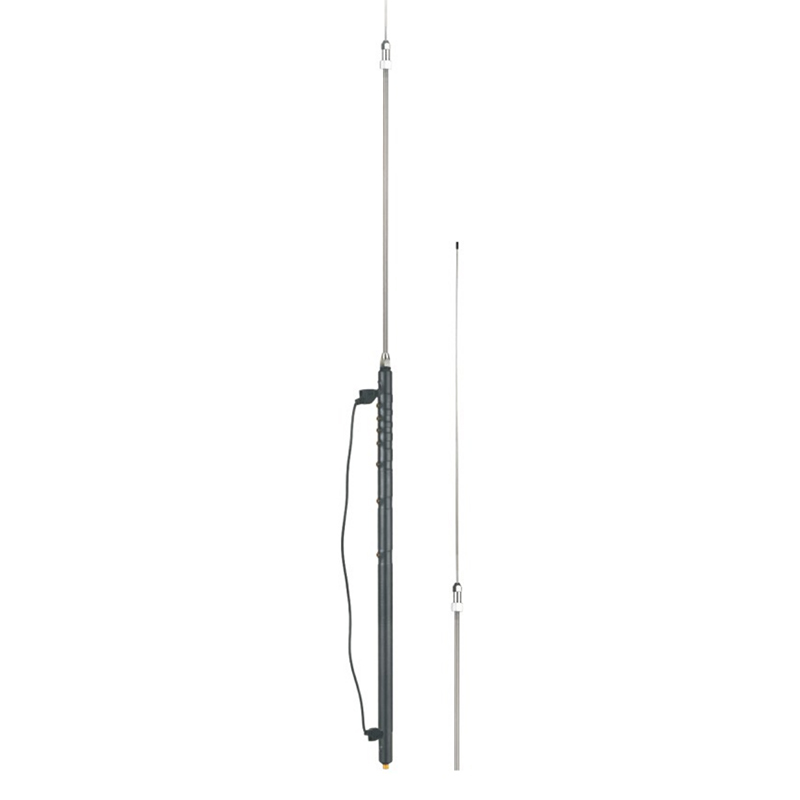
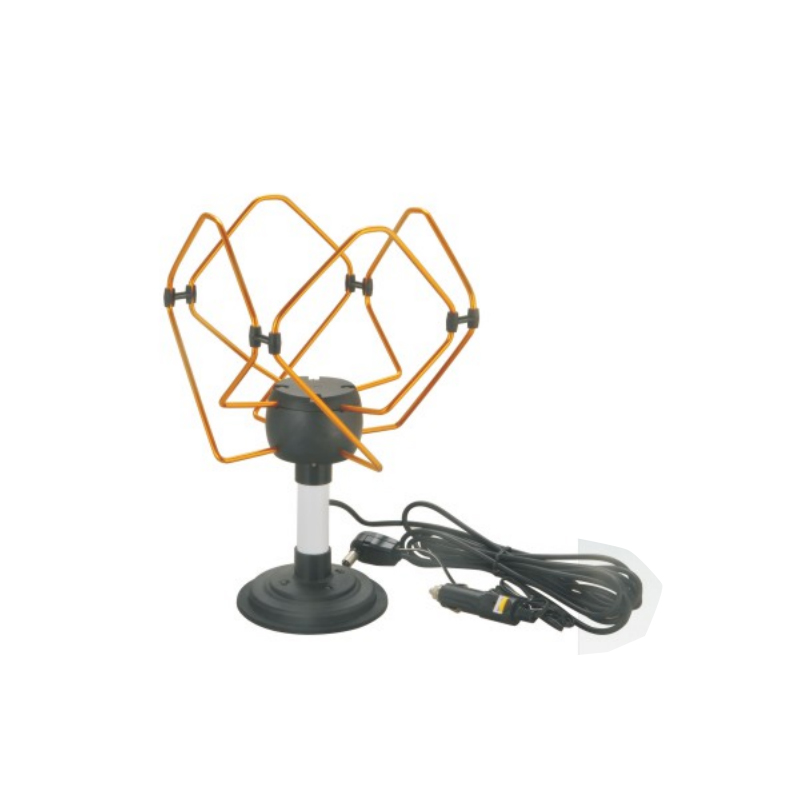
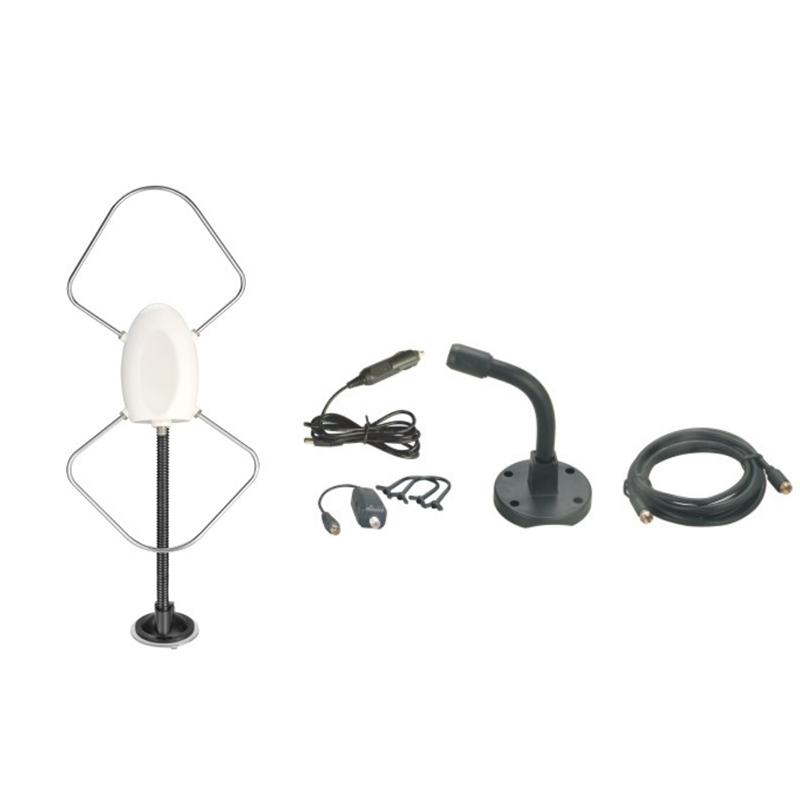
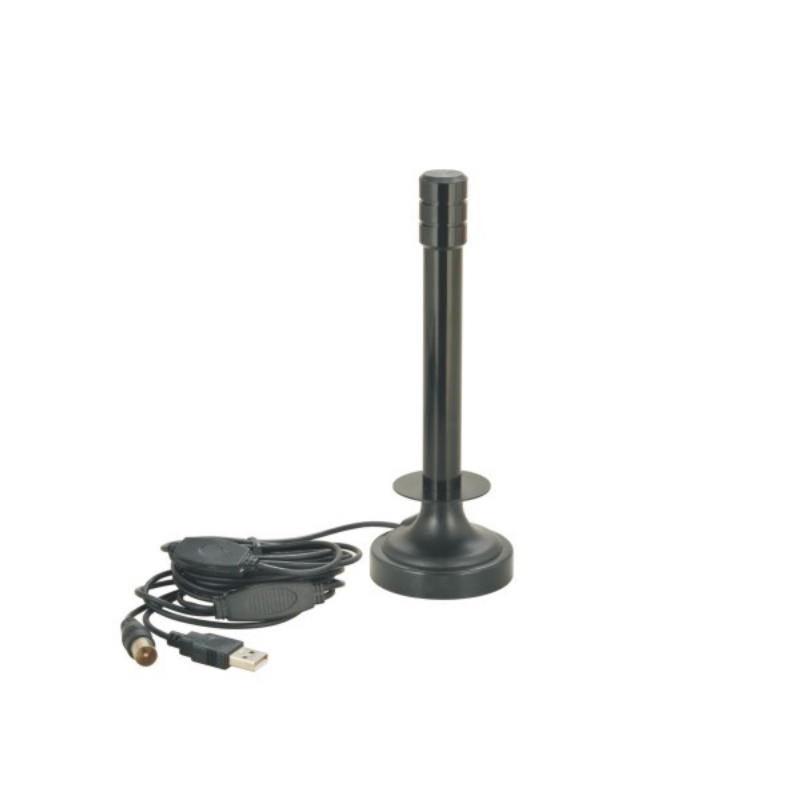
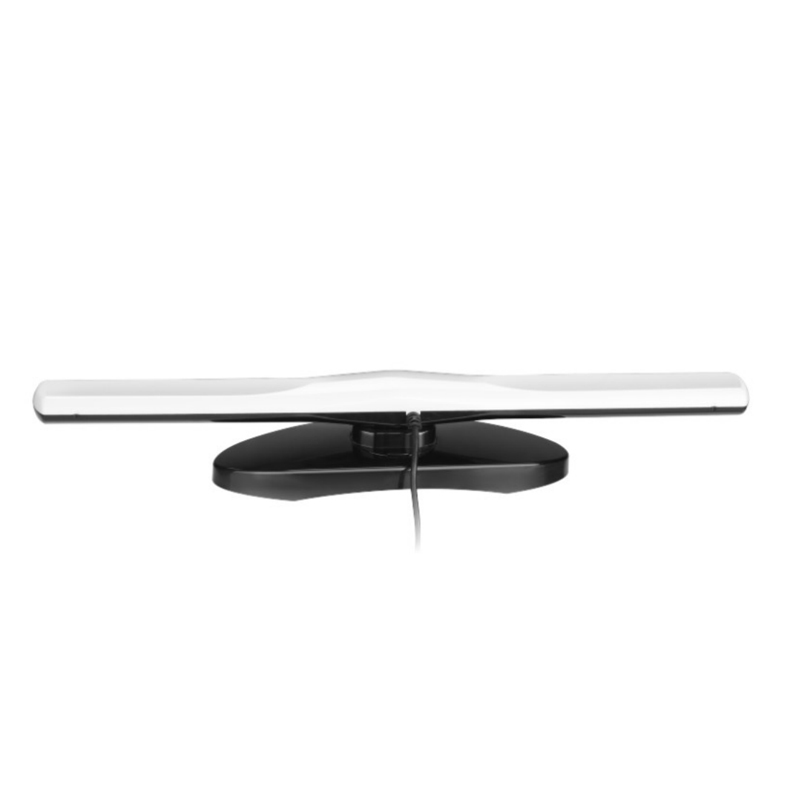
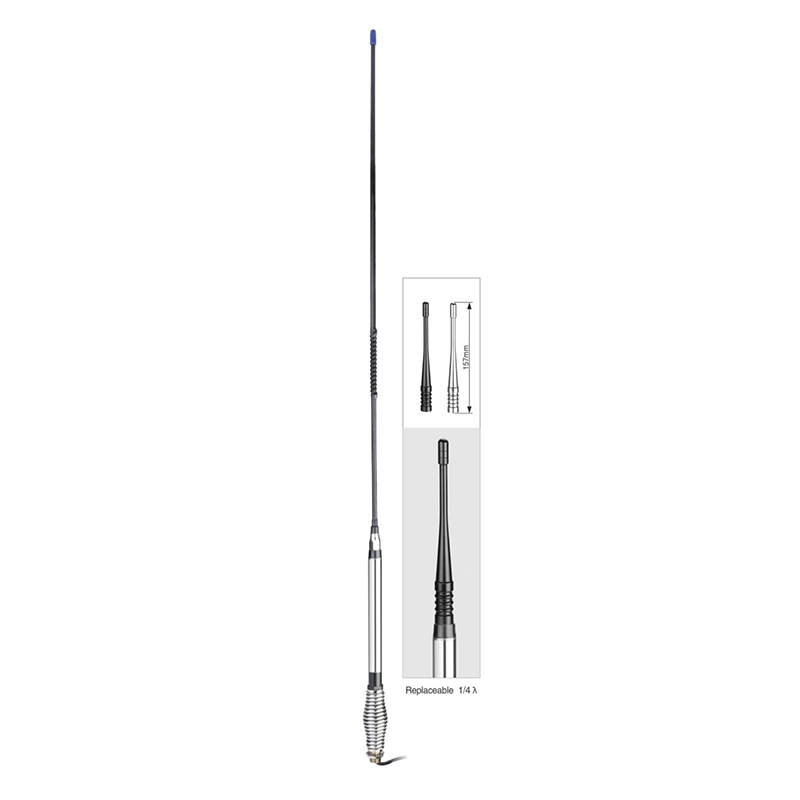

Contact Us